Acacus
The Acacus Mountains form a mountain range in the desert. They are situated east of the Libyan city of Ghat, and stretch north from the Algerian border about 100km. Tadrart means ‘mountain’ in the native language of the area. The area has a particularly rich array of prehistoric rock art. The Acacus Mountains have a large variation of landscapes from differently coloured sanddunes to arches, gorges, isolated rocks and deep ravines (wadis). The area is known for its rock-art, and was inscribed as a UNESCO World Heritage Site in 1985 because of the importance of these paintings and carvings.
The paintings date from 12,000BC to 100AD, and reflect, cultural, and natural changes in the area.There are paintings and carvings of animals such as giraffes, elephants, ostriches, camels, but also of men and horses. Men are depicted in various daily life situations for example while making music and dancing.
Best Attractions of the Acacus:
Adad: The name Adad means ‘finger’ or ‘thumb’ in Berber language, from the fact that the stone resemble the shape of a finger.
Awiss: Awiss is a general name for the northern region of Acacus Mountains.
Wadi Tashwinat: Wadi Tashwinat is one of the main wadis of the Acacus region with high cliffs surrounding the area about 60 kilometres long. It has a numerous art sites at the bottom of the rock formations and with several side wadis branching off towards more formations and prehistoric cave treasures. It was said that there are at least 101 wadis in Wadi Tashwinat. It’s intricate network of caves which provided shelter for prehistoric people for thousands of years is the home of thousands of drawings and engravings telling various stories about the desert’s primeval past.
Wadi Tanshalt: Great panoramic views over the Acacus and some of the best rock art in the southern parts of Acacus.
Wadi Anshal: Elephant and giraffe engravings and paintings of women.
Wadi In Ferdan: Hunting scenes of humans carrying bows and arrows in pursuit of animals. A camel-shaped rock formation.
Forzhaga Arch: Giant natural arch.
Wan Kaza: Chain of golden multicoloured sand dunes running down along the eastern edge of the Acacus mountains. The molluscs and the fragments of ostrich eggs were dated to about 7000 BP. Also several fossilized remains of large mammals and reptiles have been found in the area.
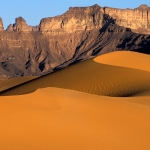
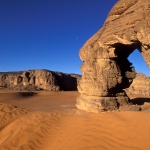
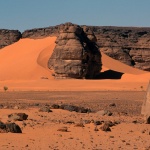
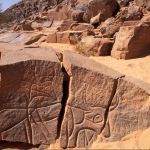
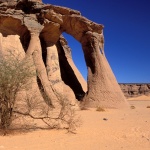
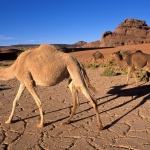
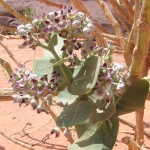
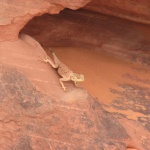
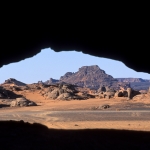
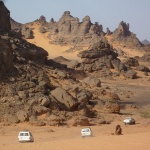

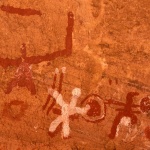
WHO ARE WE
OTHER SERVICES
LIBYA TOURS
CONTACT